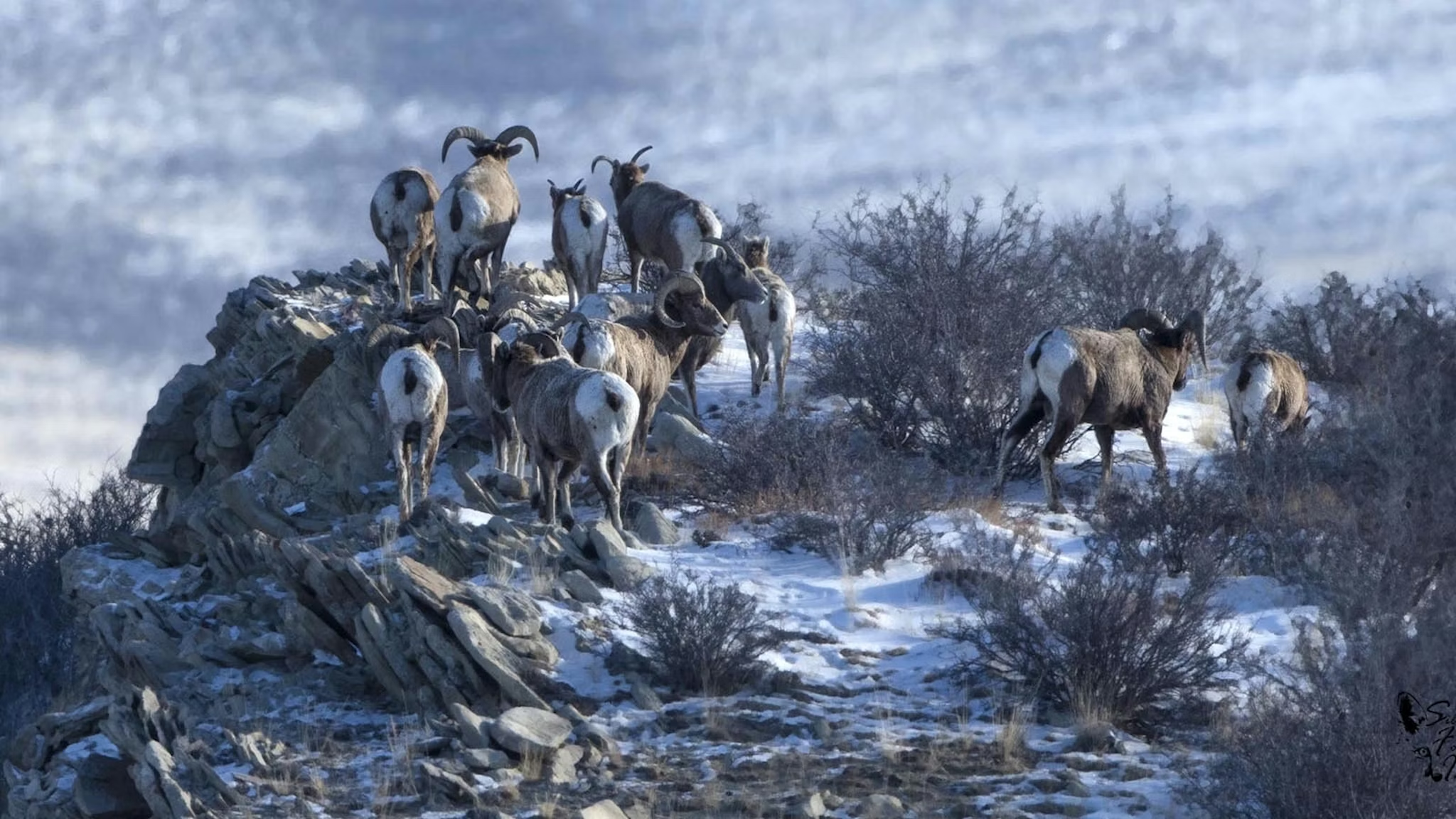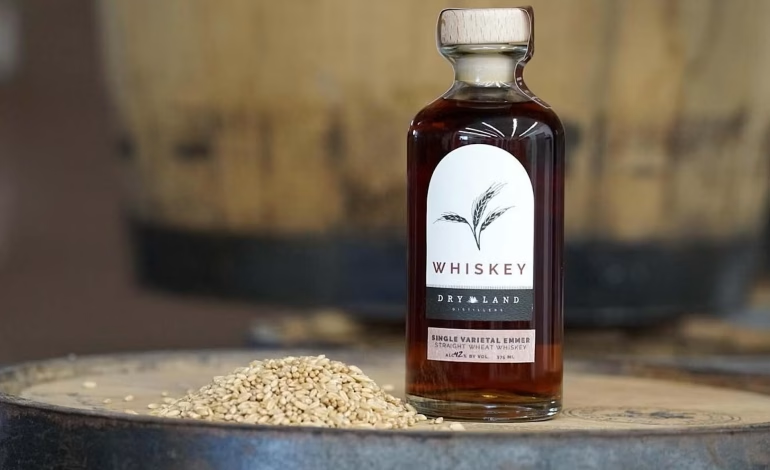The original story by Renée Jean for Cowboy State Daily.
On Saturday, a whiskey you’ve basically never tasted before made its debut: a 100% emmer wheat release built on grain grown around Powell, Wyoming and distilled by Dry Land Distillers out of Longmont, Colorado. Owner Nels Wroe — who grew up in Douglas and spent time in Jackson—puts it simply: no one else is making a true, all-emmer whiskey. Not a blend. Not a token percentage. The whole mash.
“It’s the only one like it in the world,” he says.
Emmer (a.k.a. farro in Italy) is among humanity’s earliest cereals — cultivated more than 12,000 years ago in what’s now Turkey and Greece, and the ancestor of the wheat behind your bread and pasta. Today it’s a niche crop, mostly Italian, largely overlooked in the US — which is exactly why this bottle stands out. It’s priced at $129, rare by design, and positioned to revive a grain with serious history and surprising flavor.
There is one high-profile cousin out there: a Weller bourbon that uses emmer — but by law bourbon must be at least 51% corn, so the emmer isn’t the star of that show. Dry Land’s whiskey is built entirely around emmer, letting the grain speak in full.
The project is a three-way handshake between Wyoming farmers, the University of Wyoming’s Neolithic/First Grains initiative, and Dry Land. The grain comes from the Bighorn Basin, and for Wroe the connection is personal: his mom lives in Powell, his in-laws are in Sheridan, and he’s a UW alum.
“It’s a going-home project,” he says.
Dry Land’s whole ethos is Western authenticity — use ingredients that actually come from the landscape: prickly pear, spruce, drought-tolerant heritage grains. Emmer fits perfectly. The flavor profile? Cocoa and coffee on the nose, fresh-cut grass and leather in the mid-palate, apricot up front, and a caramel-earth finish. It’s a silky, single-grain sipper that holds up neat.
This isn’t only about a cool bottle. It’s a rural-economy play. The First Grains program, led by ag economist Thomas Foulke at UW, has spent years testing ancient wheats like emmer and spelt in Wyoming’s microclimates. The idea: give small and midsize growers an alternative to commodity treadmill pricing.
Whiskey turned out to be the right beachhead. Why? Yield may be lower than modern wheat, but the value density is off the charts — roughly 25 pounds of emmer per bottle. That concentration translates into meaningful premiums for farmers. Powell-area grower Corey Forman says the crop is already cash-flowing well, despite lighter yields.
Getting emmer from field to flask took some pain. Emmer doesn’t malt like barley or modern wheat.
“If you get it too wet, it turns into organic glue,” Foulke says.
Several malting trials literally cemented themselves to the kiln — air chisels were involved. But persistence paid off; Dry Land and partner maltsters dialed in a workable process and proved emmer can be scaled for spirits.
Wroe bristled at the Western craft labels that import bulk whiskey, splash a mountain on the label, and call it local. This project puts locality back into the liquid: Wyoming grain, a Western climate-smart crop, and a transparent supply chain you can trace with a finger on a map.
There’s a nutrition angle, too. Ancient wheats often carry higher iron, manganese, and zinc than modern, yield-maxed varieties. That’s one reason emmer has a following in health-food circles—and another reason its flavor brings more depth than your average wheat profile.
Why it matters
- Agriculture: A fresh revenue stream for Rocky Mountain farms, with premiums that don’t hinge on commodity cycles.
- Conservation: Drought-tolerant, climate-fit grain that aligns with Western water realities.
- Culture: A spirit that tastes of place — literally — and dusts off a grain that helped kickstart civilization.
“Emmer is part of human history,” Wroe says. “If we can create something culturally and historically significant — and delicious — that also supports Western growers, that’s the win.”
This is more than a novelty pour. It’s a blueprint — taking something ancient, rooting it in Wyoming soil, and turning it into a modern premium product with real economic upside. And yes, it happens to be a gorgeous whiskey. Neat, please.










The latest news in your social feeds
Subscribe to our social media platforms to stay tuned